I defected from Canon to Nikon for a trip to New Zealand… it didn't go as planned
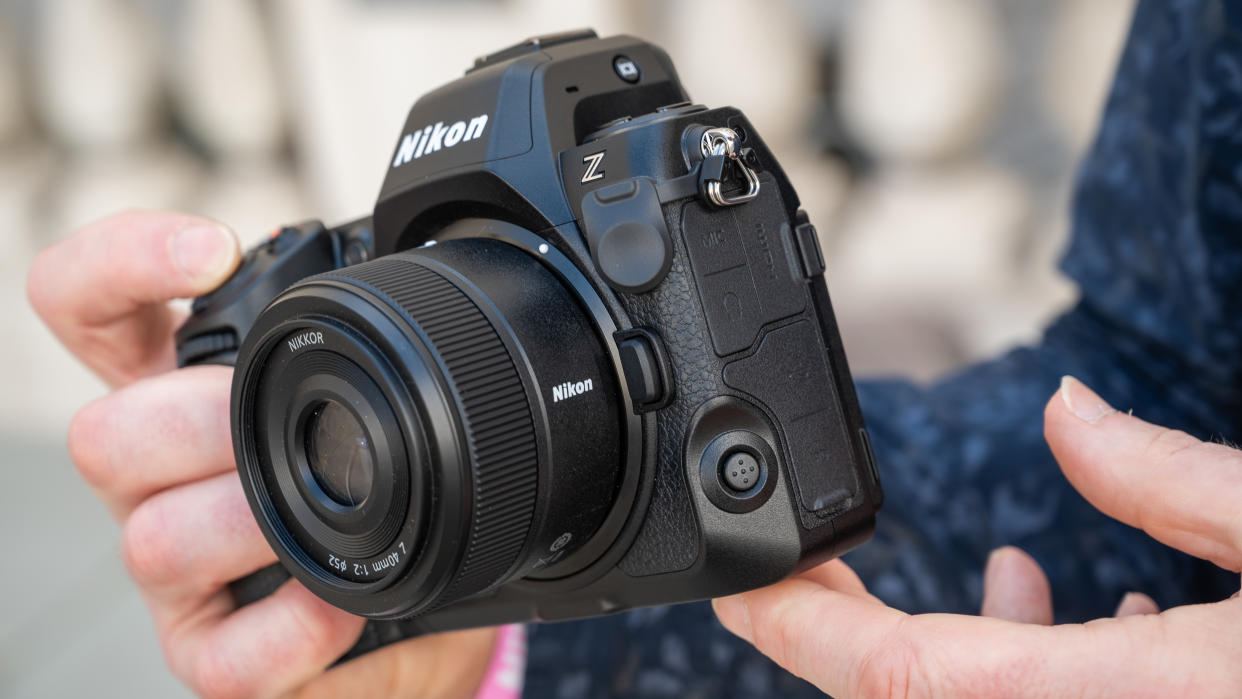
They say change is hard, but it can also be exhilarating, as I recently found out when I defected from the Canon camp for arch-rival Nikon. Not only did I change brands, but I also upgraded from the enthusiast-level Canon EOS 6D Mark II DSLR to the pro-level Nikon Z8 mirrorless camera – a giant leap.
I’ve made no secret of the fact that I’d been lusting after the Z8 since it was released last year. It was one of the DCW team's picks for the best cameras of 2023 and the only thing that stopped me from getting hold of one sooner was its 'pro' price tag. While I hadn't personally tested the Z8 myself, from my colleagues' accounts it was one heck of a camera, and I couldn’t think of a better upgrade from my DSLR.
Well, I finally did bite the bullet on it… and just weeks before I jetted off to beautiful New Zealand – Queenstown in the South Island to be specific – in March.
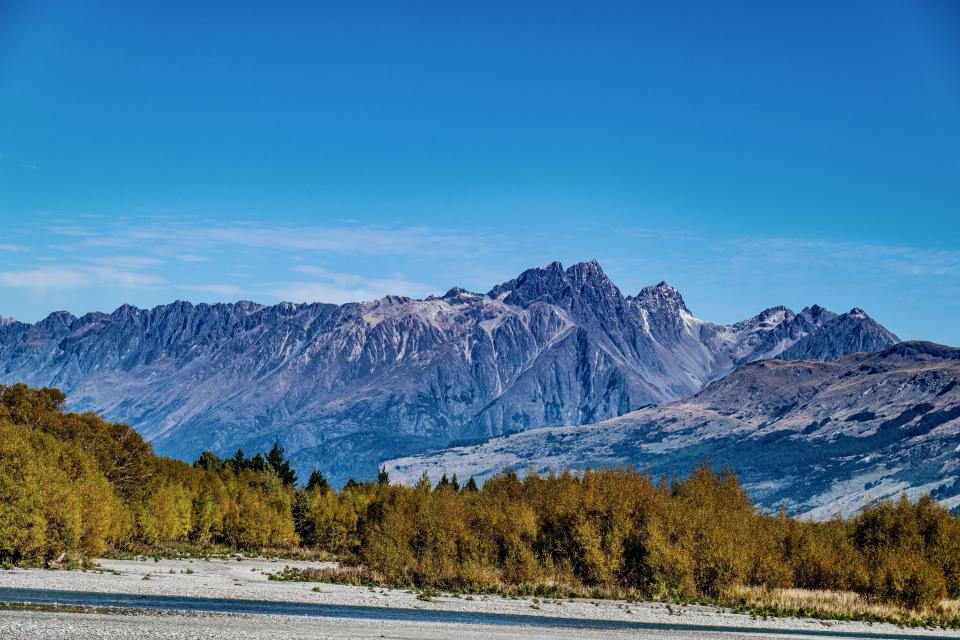
What I didn’t anticipate was the Nikkor lenses I wanted for the camera being out of stock at most retailers in Sydney, Australia, where I am based. By the time I managed to pick up some glass, I had a day left before traveling and hadn't spent any time learning the ins and outs of the camera.
So there’s me, on a plane, trying to go through a far more extensive menu system than I’ve been previously used to, and thinking I'll manage just fine since I play with different camera systems as part of my job.
Well, that didn't quite work out as I thought.
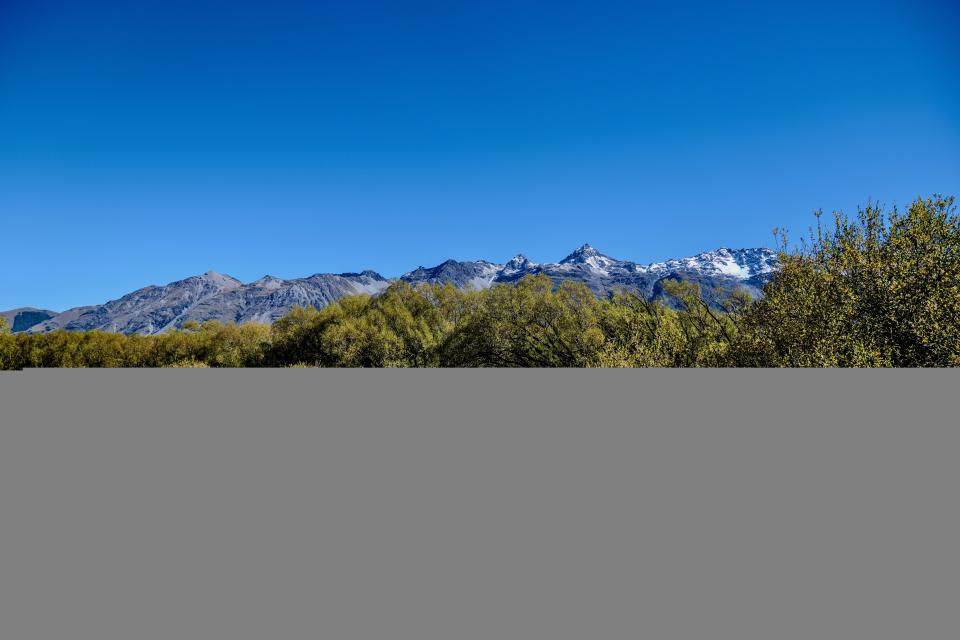
Muscle memory magic
One worry I’ve had about switching systems is the physical control layout, but the Nikon Z8 felt like an old friend in my hand with a lens on. It’s not only almost as big as my old DSLR, but most of the buttons and dials are just where I want them. In fact, I prefer it to the setup on the Canon EOS R5. So, thankfully, the muscle memory I had developed after years with a Canon DSLR translated almost well enough to make me feel comfortable using the Z8.
There was one small hiccup there, though. The placement of the Mode and Drive buttons are different on the Z8, which caused some delays in taking shots on the first few days of my trip – I’m someone who goes very quickly from shooting single shots to bursts, and I also move between Program, Aperture Priority and Manual modes quite often.
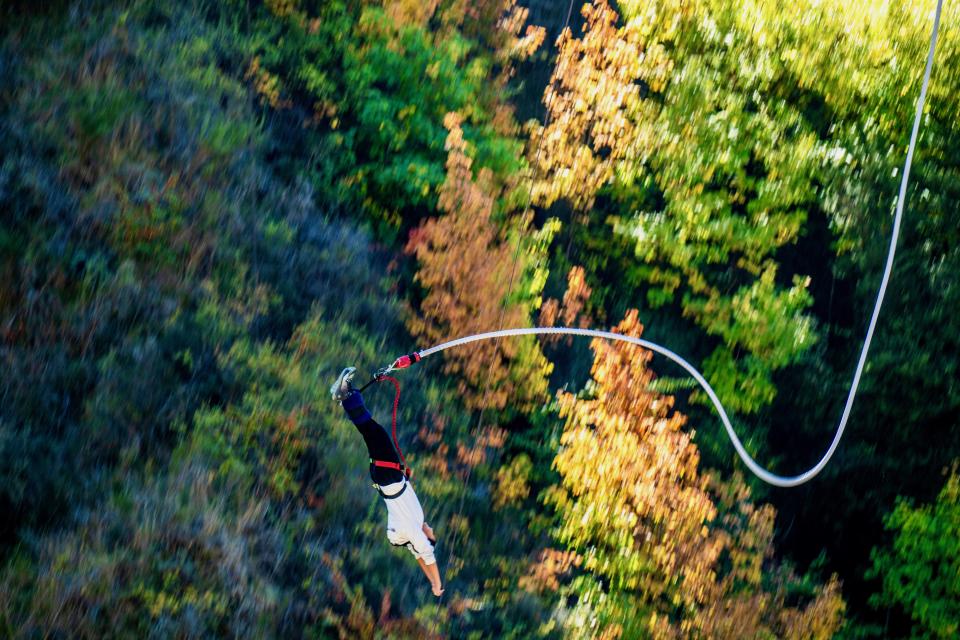
On the Canon, I was used to the Mode dial being on the left of the top panel (beside the viewfinder bump) and the Drive button on the right. On the Z8, both are on the left and there is no dial there, instead replaced by a cluster of four buttons.
Looking for the Drive button, in particular, made me miss some aerial acrobatic shots of what is locally called a ‘shark ride’ – a submersible speedboat that can leap out of the water and is designed to look like a shark.
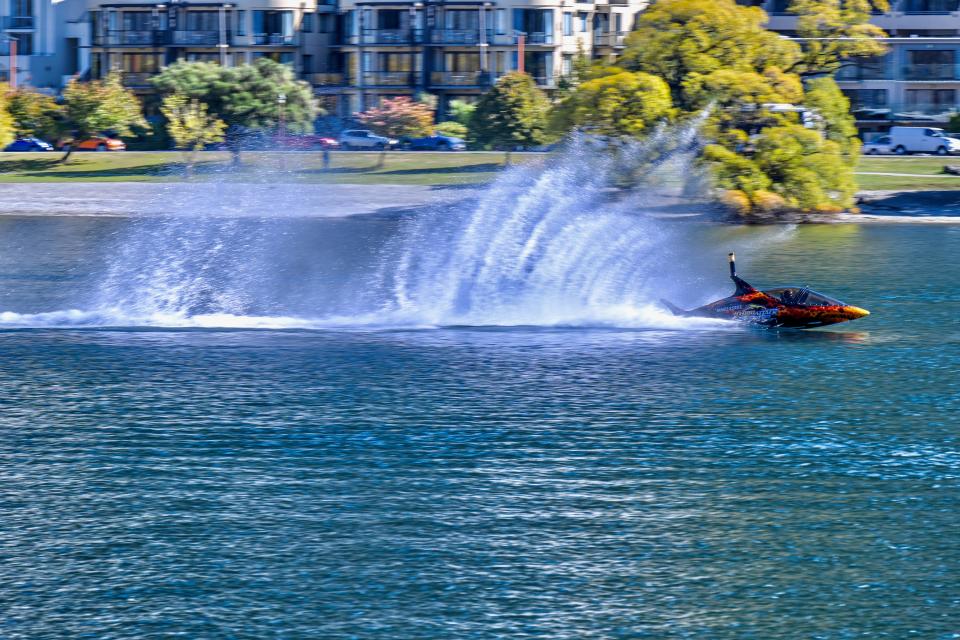
ISO impasse
While muscle memory didn't leave me with too many regrets, it was the ISO settings that threw me off entirely. I tend to keep ISO set to auto for simplicity's sake, particularly when traveling. And that’s what I set the Z8 to. During my first day in Queenstown, however, when the weather was overcast and wet, a lot of my shots were very underexposed as the camera was only shooting at ISO 100.
I double-checked the ISO settings in the menu system and it seemed I had it selected correctly, but I was still not having any luck getting better results. So I began to manually select the sensitivity levels for each individual shot, but that was proving to be far from ideal while traveling.
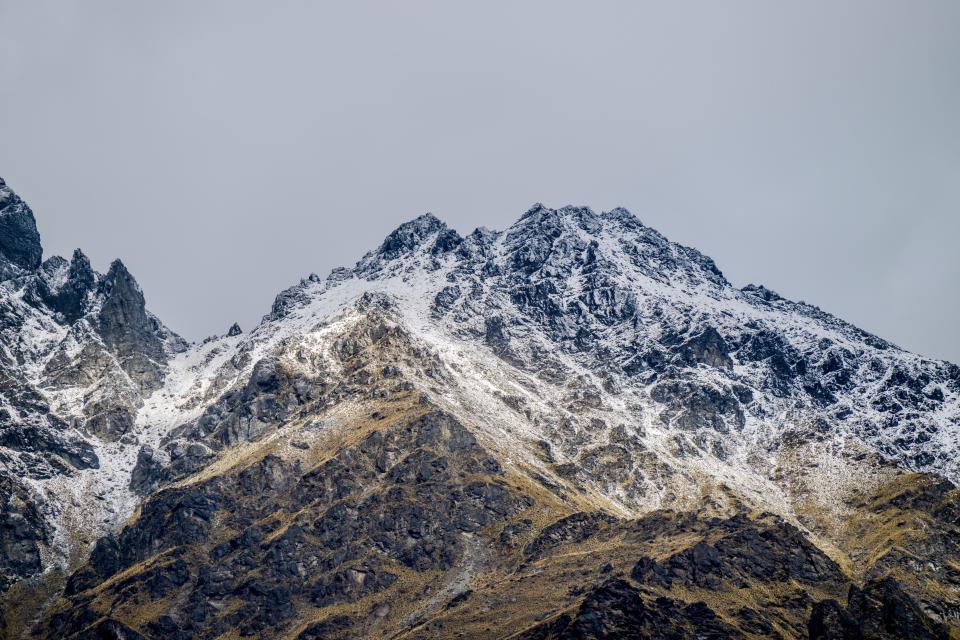
I did the usual shut-off, take-out-battery, restart process – no joy. I tried to figure out what the issue was through a tedious process of trial and error and, eventually, found that reselecting the same setting fixed the problem.
I can’t explain it, but I’m putting it down to a temporary glitch – one that I could have done without, as I lost a lot of images from when I was up in the mountains (called the Remarkables) after some early-season snow.
Off track(ing)
One of the main reasons I decided to go with the Z8 was its tracking precision – after all, it’s the same tech that’s in the Nikon Z9 pro sports camera. However, my years with a Canon DSLR with no such prowess made me forget I had this speed and precision at my fingertips.
Case in point: I was trying to capture some fun pictures during an Easter egg hunt while in Queenstown and, while the autofocus was spot on, I didn’t have the tracking set up properly, resulting in some shoddy work on my part. Well, I really can’t blame the camera for that.
I also didn’t have time to install the latest firmware (update 2.00) before my trip, which would likely have made the Z8 a far more phenomenal experience in terms of precision.
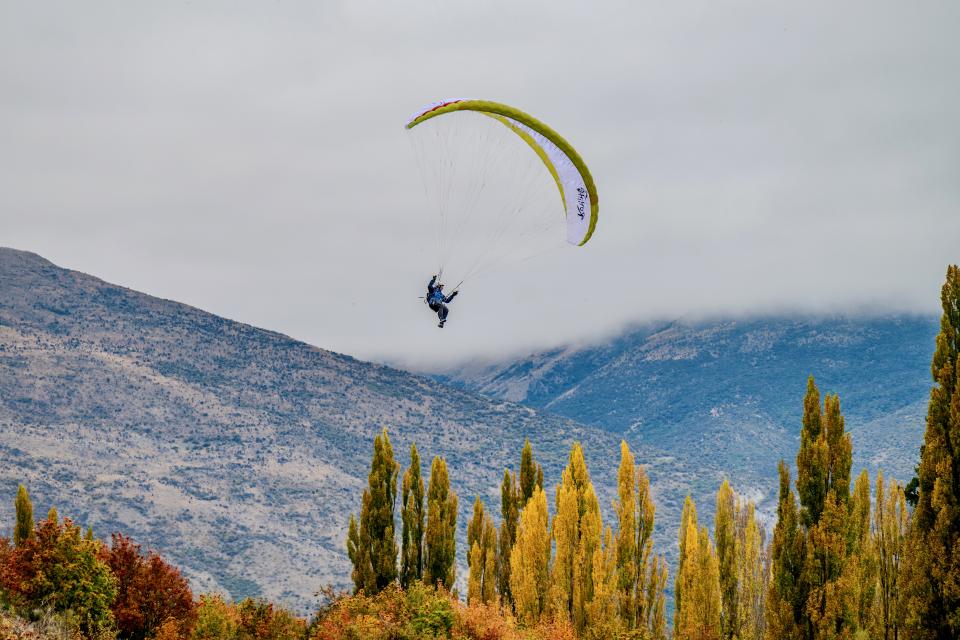
Money well spent
Despite some glitches at the start, the Z8 served me well for the rest of the trip, although it became evident that I will have a steep learning curve to learn everything the camera can do for me.
For example, only on returning from the trip did I realize the camera gives me extra reach by selecting the DX crop option without compromising too much on resolution. Had I known this, I probably would have been able to zoom in further with the Nikkor Z 24-200mm f/4-6.3 VR kit lens that I took with me on this trip to keep things light. However, upgrading to a 45.7MP effective resolution full-frame sensor from 26.2MP gave me leeway to crop my photos where necessary without losing too much image quality.
Speaking of keeping things light: while the Z8 itself is heavier than the 6D Mark II, the Z-series Nikkor lenses are remarkably lightweight, which more than makes up for the camera body itself.
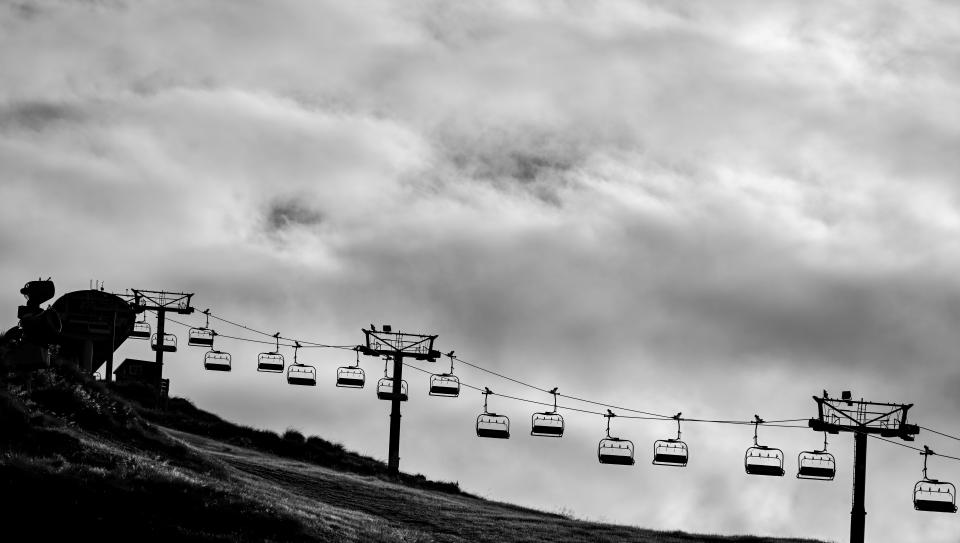
The Z8 gives me the freedom to capture so many more scenarios than my old Canon could, like a high-speed jet boat that would have been a blurry streak with the DSLR. I’m passionate about wildlife photography, which was another reason for me choosing the Z8 – its speed.
Sure, I could have chosen to buy the Canon EOS R5, which would have more than met my needs and saved me some money too. I prefer Canon's color science over Nikon, but the Canon mirrorless lenses are heavier than Nikon's options.
That said, the idea of not having a mechanical shutter in the camera appealed to me. Whether the lack of moving parts will extend the life of the camera is a different story altogether – after all, electronics can fail – but the Z8, like the Z9, is revolutionary that way.
Either way, I wish I had jumped on the Nikon bandwagon a touch earlier as I regret some of the missed opportunities during my trip because of the teething problems in this new partnership. What I don't regret, though, is practically emptying my savings for the Z8 as I did come back with some good photos and I can't wait for my next adventure with the camera.
Learn more about the Nikon Z8 vs the Canon EOS R5, or you can check out what we think is the best full-frame mirrorless camera right now. If you're already a Nikon user, find some of the best Nikon lenses or the best Nikon Z lenses for your camera.

